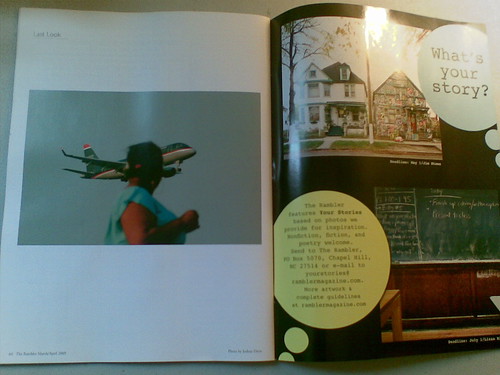Long ago, advertising centered only on the tri-media: outdoor, print, and broadcast. Today you have the Internet, and this last medium is taking away a huge volume of advertising expenses from the traditional advertising media. But print advertising continues to hold its own rather hefty share, so if you are thinking of advertising, you might wish to consider the advantages of print over other vehicles, including the Internet.
Print media here is meant to be mainly newspapers and magazines, though handbills, flyers and brochures, for direct mailing or not, have their own unique roles.
- Target market specified. Trade or industry journals and magazines are the best examples of this characteristic. Fashion, sports, fishing, carpentry and magazines of other topics continue to survive and perhaps prosper because they cater to distinct needs and niches. There are fishing magazines, for example, for virtually every sport fish from bass to tarpon, from marlins to crappies. If you want to reach a whole niche, print advertising is the best medium.
- Loyal following. Because magazines respond to specific niches, they generate a loyal crowd of subscribers who read them cover to cover, including the ads.
- Pass-on readership. A copy of a newspaper or magazine is not read only by one person, though of course this occurs, too. Often, after the original reader has stopped or finished reading, someone else will read the paper or magazine. In many niches, pass-on readership can be as much as 10, so an ad can effectively reach 10 persons for every copy of the medium issued.
- Long lifespan. Magazines particularly are kept through the years and maybe read again and again long after the topics have lost their currency. The National Geographic, the Reader’s Digest, and Popular Mechanics are just three of the extant magazines in this class. Thus, ads can still be viewed even after they have lost relevance to their intended audience.
- Permanence. The printed word stays permanently, unlike broadcast information which is fleeting and cannot be repeated if missed. You can read the printed information over and over to understand the message better, something you cannot do with a televised ad.
- Graphics. Print media simply displays graphics, photographs and colors better in many aspects than the competing media, even the Internet, which is similar to print media in function if not in form. Better graphics enhance the message of the ad first by attracting the reader’s attention and then increasing his understanding of the information.
- Credibility. Newspapers and magazines are often considered more credible by their readers than television by their audience.
- Space. You can write a whole story in a newspaper or magazine to tell what you must and make the reader understand your message, one which you cannot do in a 30-second TV or radio ad, or an online banner ad.
- Cheaper. Print advertising is much cheaper than others considering all the factors and elements involved, including details, completeness, permanence, presentation, cost-effectivity and other aspects of an advertisement.
But please don’t make a misimpression: television, radio, Internet, and outdoor ads have their own advantages over print media advertising, but these are fewer than vice-versa.
So if you have a severely limited budget, consider print advertising first before anything else.
This is a post by Ben who works for Think, a Warwickshire based design and print company.

